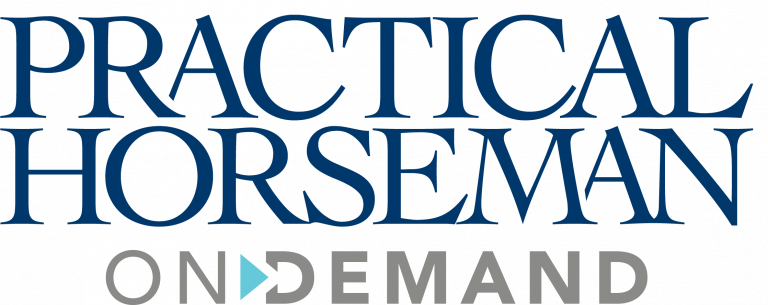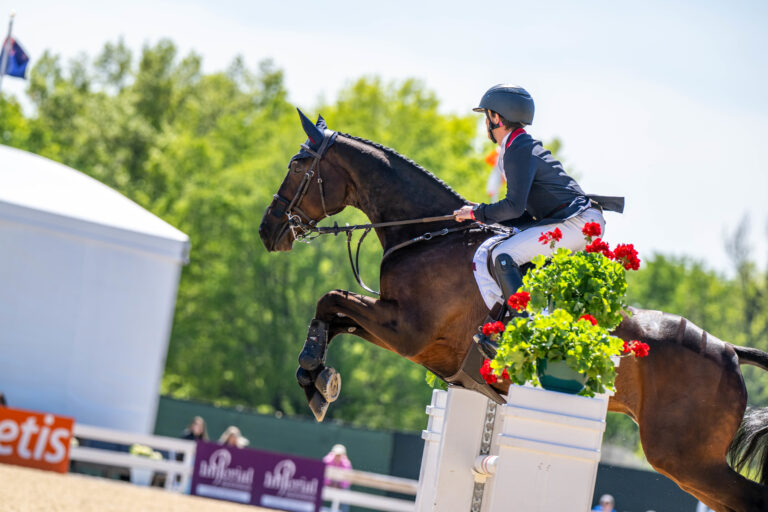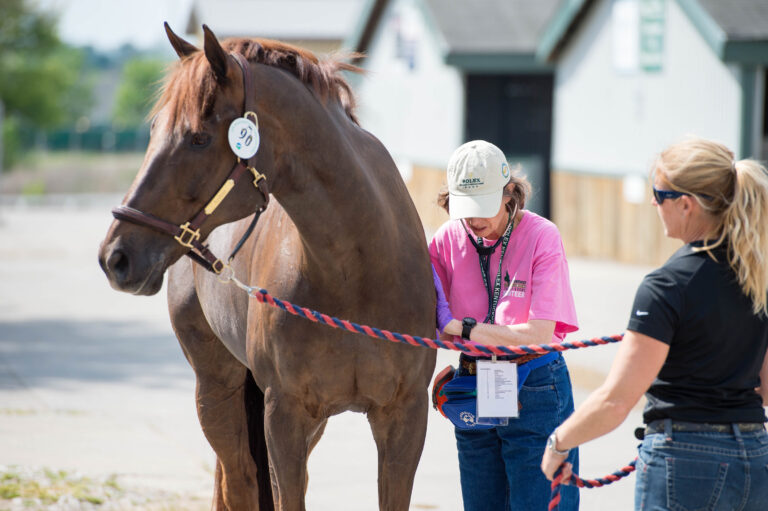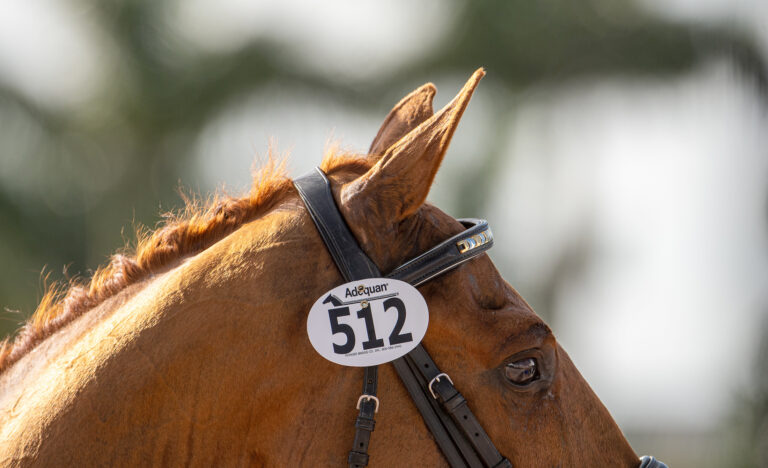What It Is
Equine odontoclastic tooth resorption and hypercementosis (EOTRH) is a dental disease characterized by tooth resorption (loss of dental tissue) and hypercementosis (overgrowth of dental tissue). In some cases, the surrounding bone may be destroyed (lysis). EOTRH can affect all teeth (incisors, canines, premolars and molars). The condition causes pain, with affected horses exhibiting noticeable signs, such as difficulty eating or refusing to be haltered or bridled.

recession, bulging of surrounding bone and draining tracts in the mucosa and gingiva. Courtesy Edward T. Earley, DVM
EOTRH was first identified in 2004, and it typically affects horses over the age of 15. The disease is progressive, so the effects cannot be reversed. But with proper monitoring and treatment, affected horses can continue to live active, healthy lives.
Causes of EOTRH
The cause of EOTRH is unknown. While geldings seem more predisposed to the disease, there are several factors that may contribute to EOTRH, including:
- past overly aggressive dental procedures by improperly trained individuals,
- bacterial infection,
- endocrine disease,
- genetics,
- horses who are not allowed to graze (i.e., kept on a drylot),
- interaction of autoimmune response,
- masticatory (chewing) forces, and/or
- the presence of certain types of bacteria or other microorganisms in the mouth.
Another theory suggests that the increasing angulation of the incisors as horses age negatively affects the periodontal ligament that holds the teeth in place. The strained ligament causes chronic inflammation in the gums, which may affect the teeth.
Signs
In the initial stages of EOTRH, there may be no visible signs. Over time, redness, swelling and recession develop in the gums of the affected teeth. Then, gingival ulcerations, heavy plaque and fistulae (draining tracts) with discharge may be observed. As EOTRH progresses, the teeth may loosen or fracture. Some teeth may develop a rough, bulbous appearance. Other signs may include:
- bad breath,
- head shyness or head shaking,
- refusing to be haltered or bridled,
- difficulty grazing,
- reluctance to bite into apples
or carrots, - decreased appetite,
- weight loss, and/or
- irritation to tapping or manipulation of the incisors.
Diagnosis

If you see signs of infection or suspect that your horse has EOTRH, call your veterinarian to perform a complete sedated oral examination. She will look for fractured or loose teeth, pustules or draining tracts around the teeth, receding and/or swollen gums. In addition, dental radiographs must be taken to determine the location and severity of the condition below the gumline.
Treating EOTRH
Regular oral and radiographic examinations can help monitor EOTRH in its early stages. As it progresses, the only treatment is to extract the affected teeth. Your vet will determine when or if extraction is needed based on clinical signs as well as examination and radiographic findings. Teeth will need to be extracted if they have deep pockets or severely receded gums around them, pustules or draining tracts, radiographs showing resorption into the sensitive dental tissue and/or are fractured or loose.
Your vet may opt to remove only a few teeth at a time using regional and local anesthesia. However, in severe cases, a horse may need to have all incisors extracted at once, usually with standing sedation and regional nerve blocks. General anesthesia is rarely required.
After surgery, if the extraction sites are left open, gentle lavage with saline may be needed. If the sites are sutured, no flushing is required. Antibiotics are often prescribed as well as oral nonsteroidal anti-inflammatory medications. Most horses experience immediate relief after the extraction of the painful teeth, and their appetites and demeanor improve quickly. But they should not be ridden with a bit until the extraction sites are fully healed.
Horses generally cope well without incisors and quickly learn to use their tongue, gums and lips to pick up feed and grass. However, modifying their diets to include softer senior feeds may be necessary. Horses’ tongues may protrude from their mouths at rest or at work once their incisors have been removed.
Prevention
Since the cause of EOTRH is not understood, prevention of the disease is challenging and speculative. Work with your vet to perform regular oral examinations. Aggressive dental floating may accelerate the disease process. Good horse management to address issues, such as bacterial infection and endocrine disease, in a timely manner is important to a horse’s overall health and may be beneficial to slow the development of EOTRH. Also, one theory suggests that horses grazing daily with their heads down for many hours may protect their teeth by constantly bathing them with saliva. While more research is needed, ample grazing time may help prevent EOTRH.
For more on equine dental care and common issues, click here.

Practical Horseman thanks Edward T. Earley, DVM, Dipl. AVDC-Eq, Dipl. AVDC-NSS/SA, for his technical assistance in the preparation of this article. Earley is the Associate Clinical Professor, Dentistry and Oral Surgery, at Cornell University College of Veterinary Medicine in Ithaca, New York. His clinical interests include tooth resorption, surgical extraction techniques, and sinus disease associated with dental diseases.
This article originally appeared in the Spring 2025 issue of Practical Horseman.











